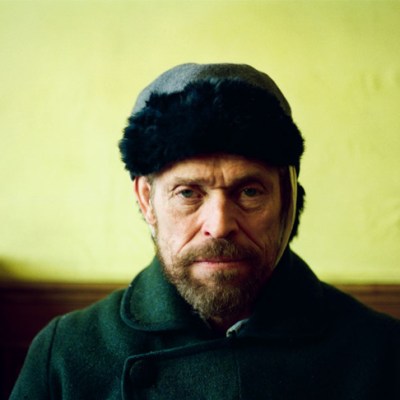On 7 February 1497, Florence was in the grip of the fanatical Dominican friar Girolamo Savonarola. In the Piazza della Signoria, citizens of Florence cast their ‘sinful’ possessions on to the roaring flames of the friar’s ‘Bonfire of the Vanities’. Exquisite tapestries, paintings, luxurious clothing, books, manuscripts, and jewels were all given over to the fire. One of these citizens was, allegedly, Alessandro di Mariano di Vanni Filipepi, better known as Sandro Botticelli. Some even reported that Botticelli had given some of his own paintings to the bonfire, and denounced painting forever. These reports have been widely contested – not least because there is reason to believe he was producing work up to 1505.
Nevertheless, the question remains: why should this great Renaissance artist have become a follower of a man such as Savonarola (the artist is even reported to have illustrated pamphlets of the zealot)? More pressing still, what could have possessed him to destroy his work? These questions are particularly puzzling when considering the kind of work Botticelli produced; the texture of flesh and thickness of paint and colours in his art make it sensual even when not particularly sexual. So why was he attracted to such asceticism? This mystery provides the premise for Jordan Tannahill’s play Botticelli in the Fire, which is having its debut run in the UK at the Hampstead Theatre.
Howard Ward as Girolamo Savonarola, Stefan Adegbola as Poggio di Chiusi, and Dickie Beau as Sandro Botticelli in Botticelli in the Fire at Hampstead Theatre, London, 2019. Photo: Manuel Harlan

Tannahill fuses Renaissance Florence with the 21st century. Playful and provocative anachronisms are the play’s modus operandi – characters discuss Florentine political intrigue while looking at their smartphones, and Botticelli and Lorenzo de’ Medici discuss a commissioned portrait over a game of squash, like passive-aggressive management consultants. The costumes likewise incorporate two eras. As the lights come up, a leather- and skinny-jean-clad Botticelli (played by Dickie Beau) stumbles on to the stage clutching an almost empty wine bottle and announces that what we are about to see is not a biography, ‘it’s an extravaganza!’ And the play certainly delivers on this front. Bodies of plague victims pile up behind a glass screen at the back of the stage; Botticelli’s Venus comes to life before our eyes accompanied by an extraordinary dance number of electro-disco and lamé hot pants and gives an amusingly world-weary monologue on how tired she is of beauty; the enormous flames of the Bonfire of the Vanities emerge from a trapdoor under the stage.
‘This is not a biography,’ we are warned, and biography this is not. Tannahill takes a contemporary and perhaps malicious rumour that Botticelli ‘kept a boy’, and from this slight he creates a narrative of the artist as a promiscuous philanderer, ‘a man of a thousand lovers’ living under fear of persecution as a sodomite. He collapses time so that characters that in reality were dead or had long since left Florence are present: Clarice Orsini died in 1488, Leonardo da Vinci had left for Milan by 1483 and did not return until 1499, Lorenzo de Medici died in 1492. Yet here they all are, involved in love intrigues as the Bonfire of the Vanities of 1497 looms.
Dickie Beau as Sandro Botticelli in Botticelli in the Fire at Hampstead Theatre, London, 2019. Photo: Manuel Harlan

At the end of the play Botticelli addresses the audience to say ‘historians, go fuck yourselves’ – this seems to be the guiding phrase for the play in its entirety. The playwright says he aims to contribute to the ongoing movement of queering history, but far from reinterpreting history and giving lost voices a chance to speak, Tannahill is entirely rewriting it. As a result, these voices become even more lost, with their stories disregarded in place of alternative fact. The play seems entirely uncurious about the lived experience of the characters presented, and indeed appears to have little interest in the ways that gender and sexuality were experienced, practised, and thought about during their lifetime. Likewise, the art historians in the audience will be disappointed by how little attention there is given to the works of the artists themselves; a token gesture towards art criticism is inserted towards the end when Botticelli briefly describes the racier aspects of the paintings he is about to throw into the fire.
But if art and history enthusiasts can put aside their sensibilities for a few hours, there is much to be enjoyed: there are arresting moments of stagecraft, and set pieces ranging from vaudevillian to breathtaking. The emotional core is Stefan Adegbola’s Poggio di Chiusi, a friend and supporter of Botticelli – a fictional figure. He has the best visual gags – at one point arriving on stage in a nun’s habit – and offers hilariously arch zingers throughout his performance, as well as illuminating commentaries on the fickle and transitory nature of fame and power, which have lost none of their relevance today.
Botticelli in the Fire is at Hampstead Theatre, London, until 23 November.



